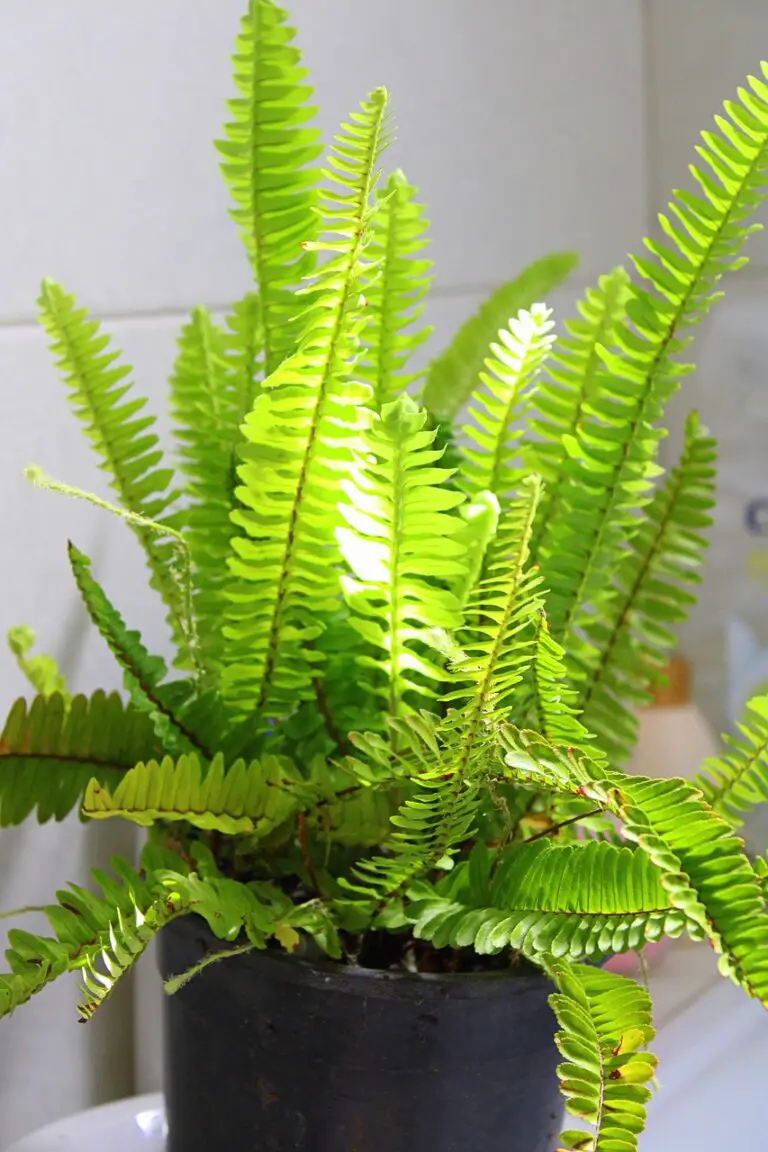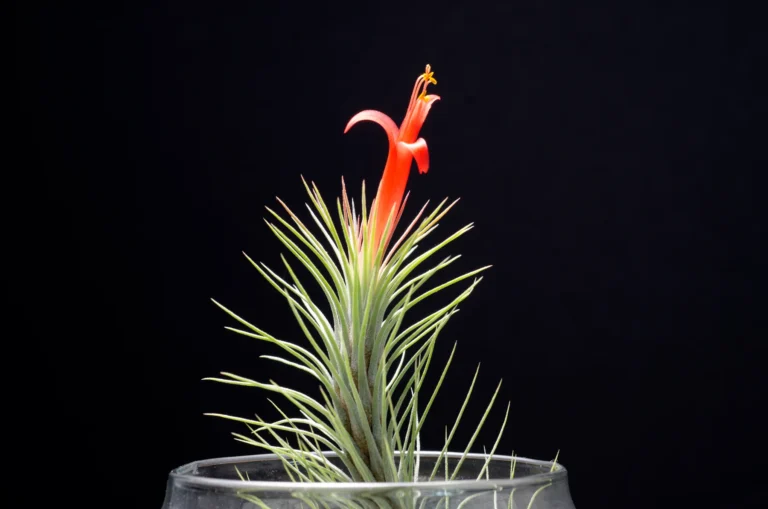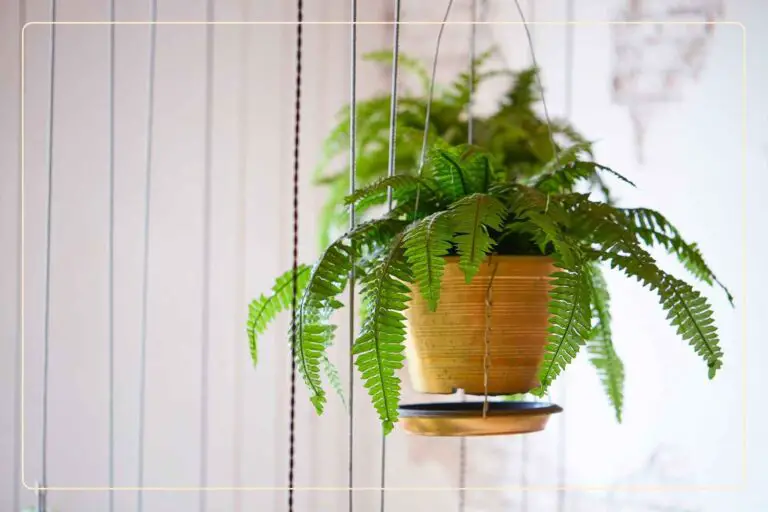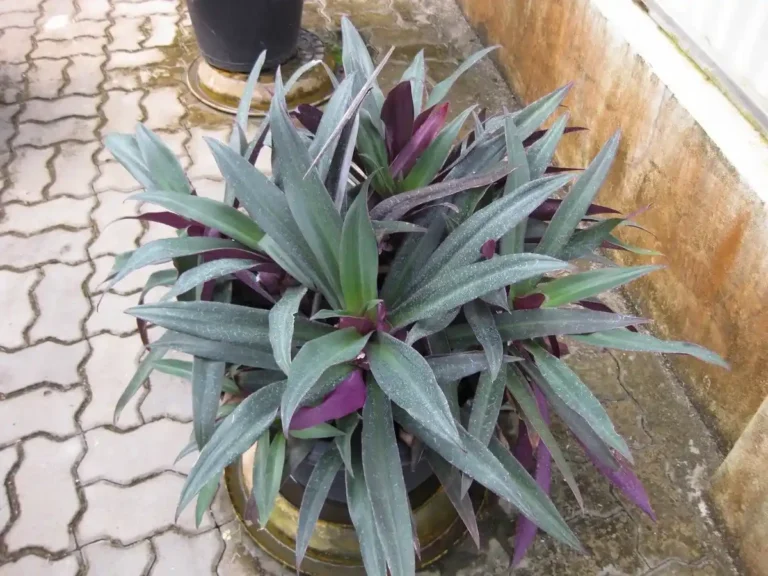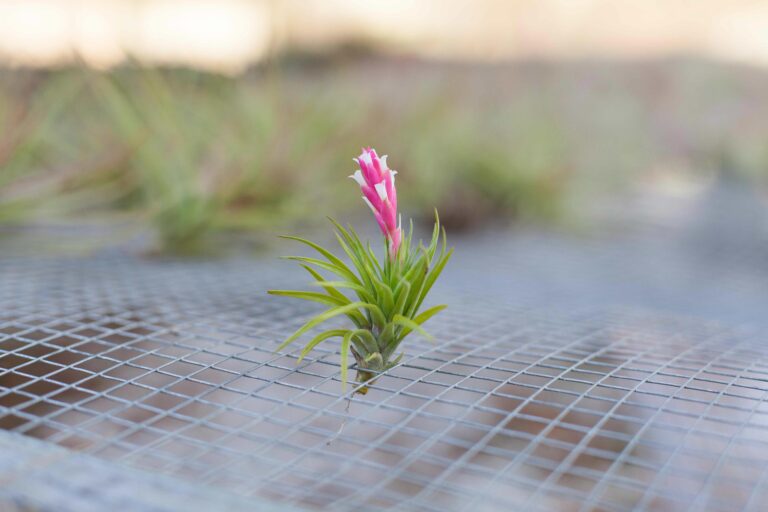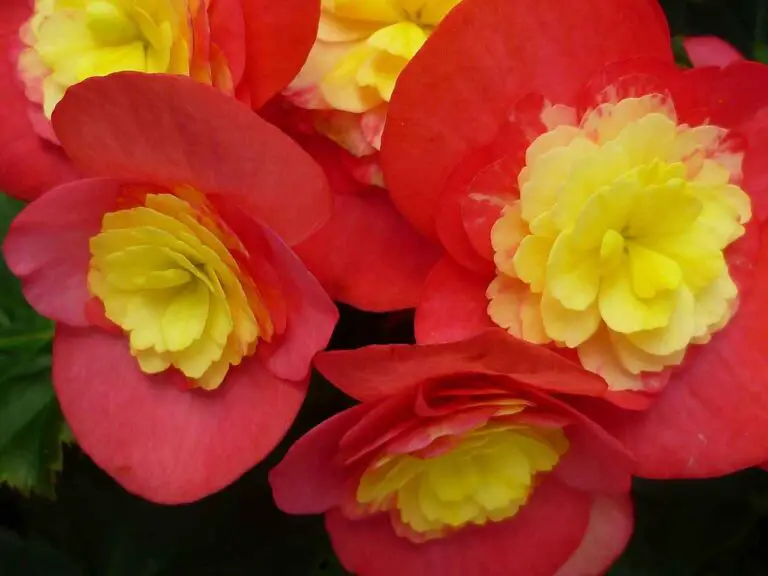Introduction
Indoor gardening is a wonderful way to bring a touch of nature into your home. One of the best plants you can grow indoors is jasmine. Not only are jasmine plants beautiful, but they also fill your home with a delightful fragrance. Plus, they can help purify the air, making your indoor environment healthier.
Choosing the right type of jasmine for your indoor space is important. Some jasmine varieties thrive better indoors than others. In this guide, we will explore the three best types of jasmine plants to grow inside your home. These plants are easy to care for and will reward you with their lovely blooms and pleasant scent. Let’s dive in and discover the perfect jasmine plants for your indoor garden!
1. Arabian Jasmine (Jasminum sambac)
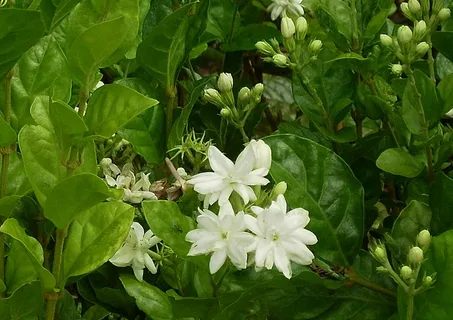
Description
Arabian Jasmine is a small, evergreen shrub that is perfect for growing indoors. It has dark green leaves and produces beautiful, white flowers with an intense fragrance. The blooms are not only pretty but also smell wonderful, filling your home with a sweet scent.
Growing Conditions
Light: This plant loves bright, indirect light. A spot near a window where it gets plenty of sunlight, but not direct sun all day, is ideal.
Watering: Keep the soil consistently moist, but be careful not to overwater. The soil should never be soggy. Water the plant when the top inch of soil feels dry to the touch.
Humidity: Arabian Jasmine thrives in high humidity. If the air in your home is dry, especially in winter, mist the leaves regularly with water. You can also place the pot on a tray filled with pebbles and water to increase humidity around the plant.
Care Tips
- Pruning: Regularly prune your Arabian Jasmine to keep it in shape and encourage more blooms. Trim off any dead or overgrown branches.
- Fertilizing: Use a balanced fertilizer during the growing season (spring and summer) to give your plant the nutrients it needs. Follow the instructions on the fertilizer package for the right amount.
Popular Varieties
- Maid of Orleans: This variety is known for its single, star-shaped flowers.
- Grand Duke of Tuscany: This type has double flowers, which look like tiny roses and are incredibly fragrant.
Growing Arabian Jasmine indoors is a great way to enjoy its beauty and fragrance year-round. With the right care, this plant can flourish in your home, bringing a touch of tropical elegance to your indoor garden.
2. Madagascar Jasmine (Stephanotis floribunda)
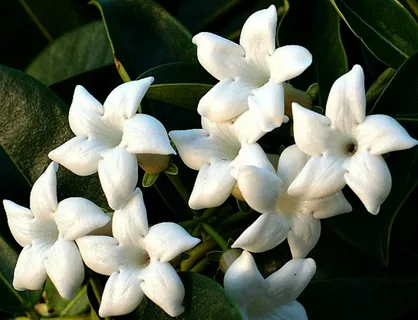
Description
Madagascar Jasmine, also known as Stephanotis floribunda, is a stunning plant to grow indoors. It has glossy, dark green leaves and clusters of waxy, white flowers. The flowers are not only beautiful but also have a lovely scent that can fill your home.
Growing Conditions
Light: Madagascar Jasmine needs bright, indirect light. It can handle some direct sunlight, especially in the morning, but avoid the harsh afternoon sun.
Watering: Water your plant when the top inch of soil feels dry. Be sure not to let it sit in water, as this can cause root rot. Consistent moisture is key, but the soil should be well-drained.
Humidity: This plant prefers moderate to high humidity. If your home is dry, especially during winter, you can increase humidity by misting the leaves regularly or placing the pot on a tray with pebbles and water.
Care Tips
- Support: Madagascar Jasmine is a climber, so it will need some support. You can use a trellis or a small frame to help it grow upwards.
- Fertilizing: Use a fertilizer that is rich in phosphorus to encourage flowering. Apply it during the growing season, following the instructions on the package.
- Pruning: Trim the plant after it finishes blooming to keep it in shape and promote new growth.
purchase the Jasmine plant from
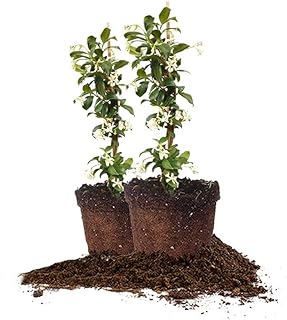
Special Notes
Madagascar Jasmine is often grown as a decorative houseplant because of its elegant flowers and pleasant fragrance. It’s perfect for adding a touch of sophistication to your indoor space.
Growing Madagascar Jasmine indoors can be a rewarding experience. With the right care, this plant will thrive and bring beauty and fragrance to your home. It’s a wonderful choice for anyone looking to add a touch of nature’s elegance to their indoor garden.
3. Common Jasmine (Jasminum officinale)
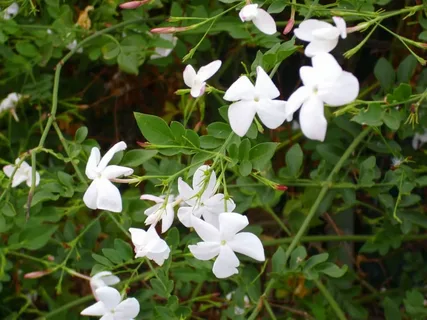
Description
Common Jasmine, also known as Jasminum officinale, is a popular choice for indoor gardening. This plant is a vigorous climber with pinnate leaves and produces many small, white flowers that have a sweet, intoxicating scent. It’s well-known for its abundant blooms and can quickly become a favorite in your home.
Growing Conditions
Light: Common Jasmine thrives in full sun to partial shade. Place it in a spot where it can get plenty of light, like near a south-facing window. It can tolerate some shade but will bloom best with ample sunlight.
Watering: Keep the soil evenly moist, but be careful not to overwater. Water your jasmine when the top inch of soil feels dry. It’s important to ensure the pot has good drainage to prevent root rot.
Humidity: This plant adapts well to average indoor humidity levels, but it will benefit from occasional misting, especially during dry winter months.
Care Tips
- Support: Since Common Jasmine is a climber, it needs support to grow properly. Use a trellis, a stake, or let it trail along a windowsill.
- Pruning: Prune your plant after it finishes flowering to control its growth and maintain a neat shape. Regular pruning also encourages more blooms.
- Fertilizing: Feed your jasmine with a balanced fertilizer during the growing season (spring and summer). Follow the instructions on the fertilizer package to avoid overfeeding.
Benefits
- Fragrance: The strong, sweet fragrance of Common Jasmine can fill your home with a delightful scent.
- Air Purification: Like many indoor plants, Common Jasmine can help purify the air, making your home healthier.
Growing Common Jasmine indoors is an excellent way to enjoy its beautiful flowers and sweet fragrance year-round. With the right care, this plant can flourish and bring a touch of nature’s charm into your living space. It’s a perfect addition for anyone looking to enhance their indoor garden with a plant that’s both beautiful and beneficial.
Conclusion
Bringing jasmine plants into your home is a fantastic way to enjoy their beauty and wonderful fragrance all year long. The three best types of jasmine to grow indoors are Arabian Jasmine, Madagascar Jasmine, and Common Jasmine. Each has its unique charm and slightly different care needs, but all are relatively easy to grow with a little attention and love. By choosing the right jasmine plant and following the care tips, you can have a thriving indoor garden that adds elegance and a delightful scent to your home.
Additional Tips
- Pest Control: Keep an eye out for common pests like aphids and spider mites. If you notice any, treat your plant with insecticidal soap or a gentle homemade solution of water and mild dish soap.
- Repotting: Jasmine plants grow best when they are slightly root-bound. However, repot them every couple of years to refresh the soil and provide more room for growth.
- Potting Soil: Use a well-draining potting mix to prevent water from sitting in the soil. A mix designed for indoor plants with a bit of sand or perlite works well.
- Temperature: Jasmine plants prefer cooler temperatures at night, around 60-65°F (15-18°C). During the day, they thrive in temperatures between 68-75°F (20-24°C).
Call to Action
Now that you know the best jasmine plants to grow indoors and how to care for them, why not start your indoor jasmine garden today? Share your experiences and photos of your beautiful jasmine plants with us. If you’re looking for more gardening tips and plant care guides, be sure to explore our website. Happy gardening!

